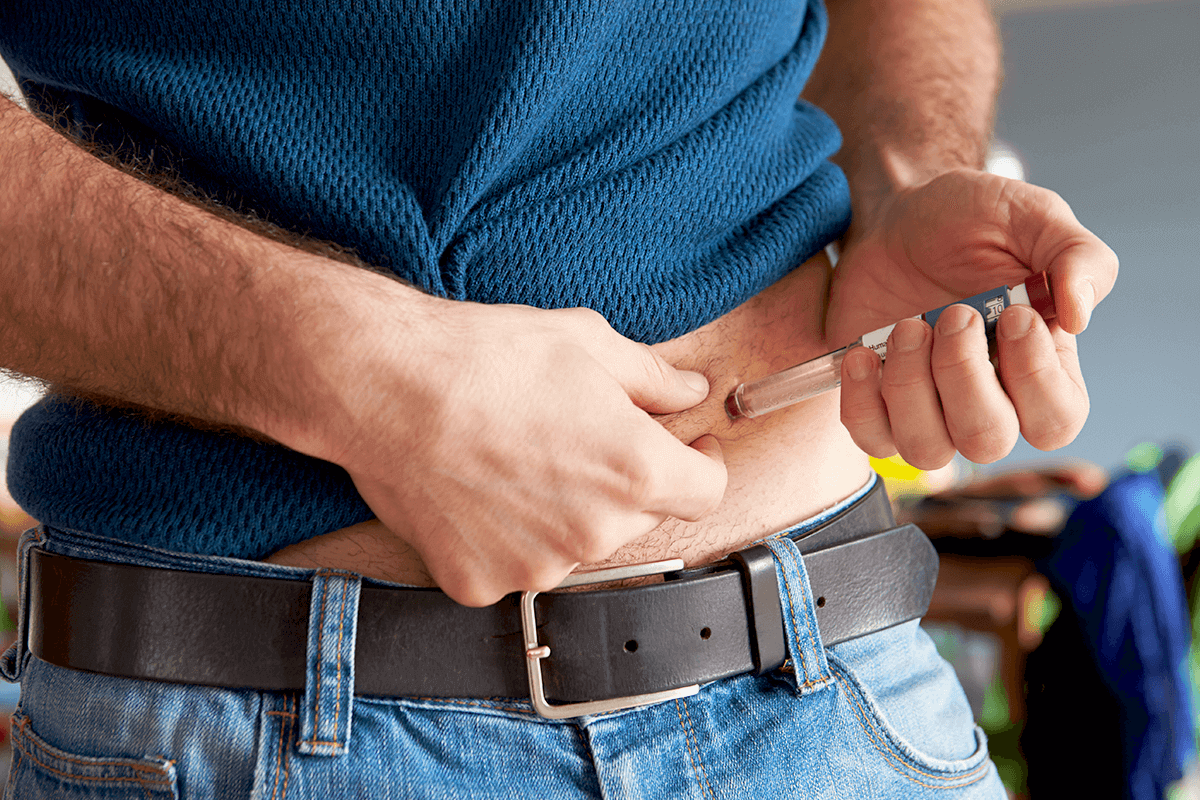
People with diabetes may be able to administer insulin without a needle, thanks to insulin jet injectors. But because these little gadgets can be pricey and difficult to operate, many consumers avoid them as observed by experts at humalog.
Table of Contents
How Does It Function?
The pressure needed to propel the insulin through the pen and into your skin is produced by either a compressed spring or a compressed gas cartridge in insulin jet injectors. More compressed springs are employed. They are affordable, compact, strong, and lightweight.
Nitrogen or carbon dioxide are commonly found in compressed gas cartridges. They may exert greater pressure than compressed springs, but they are more expensive, heavier, and require replacement more frequently.
What Is Their Price?
Compared to alternative insulin administration techniques like insulin needles or pens, insulin jet injectors are more expensive. Additionally, you need to purchase insulin adapters and replacement injector nozzles. Unfortunately, a lot of insurance providers don’t pay for the cost of insulin jet injectors.
How Do You Utilize It?
By adding insulin to the insulin adapter, you load the pen. You calibrate the gauge to your recommended insulin dose once the gadget is loaded. Then, you press the gadget on your skin, usually in a fatty-tissue-rich area.
A high-pressure stream of insulin is forced through a very small hole at the end of the disposable injector nozzle when the button is pressed. Insulin transforms into a vapour that permeates your skin’s epidermis. Once into your bloodstream, it passes through the lowest layers of your skin.
What Are The Associated Benefits?
The use of an insulin jet injector may be discouraged by a number of problems, although it also has benefits. Of course, some who dislike needles may find the absence of a needle to be a great advantage.
The quicker transport of insulin to the bloodstream is another benefit. Compared to a standard needle, an insulin jet injector enables the insulin to spread over a wider region in the bottom layer of your skin.
As a result, the insulin enters your bloodstream more quickly than an injection with a needle. Because of this, those who correctly operate an insulin jet injector may not require as much insulin.
Conclusion:
Although the insulin jet injector has been around for a while, it has never really gained traction. Its high price and intricate structure are probably to blame for this. However, this gadget might be an excellent choice if you have a severe fear of needles.


:max_bytes(150000):strip_icc()/hypersexuality-f7219c0faf93488b82402d4f9d20e454.jpg)


